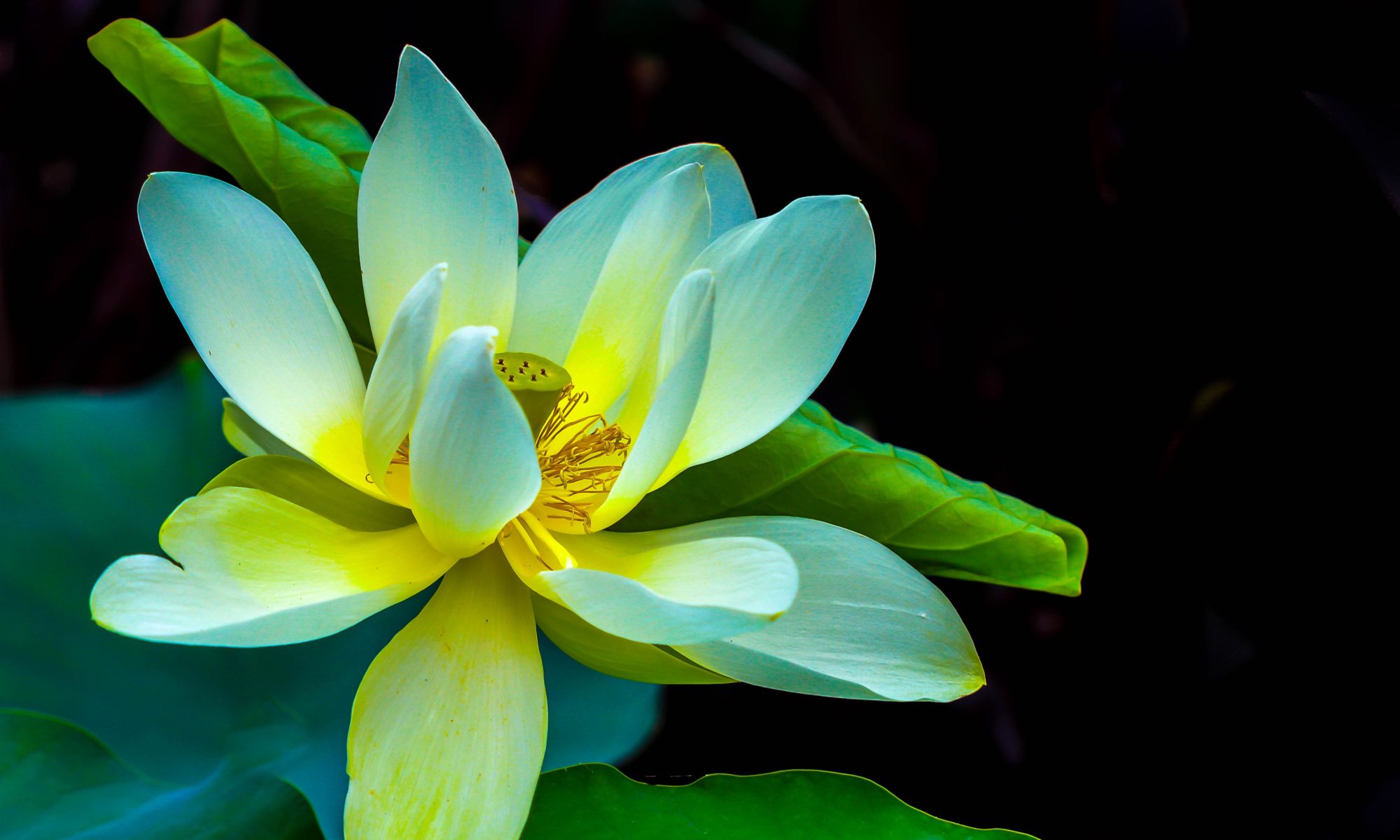Short Notes for Talk on 8th March
- Bro Teoh informed the Kalyanamittas that 4 new transcript books were recently printed for free distribution. One of them entitled `Importance of having mindfulness and heedfulness to cope with life’s problems and suffering’ (a method of stress release via meditation) was based on his dharma talk dated 23rd June 2013 held in SJBA. This book is very useful especially for those who have depression and suicidal tendencies problems. He further advised the Kalyanamittas to read through the book because it is a very good book.
- Bro Teoh shared certain pages of the book to emphasize the key points of the dharma especially on the importance of mindfulness, heedfulness, the essential dharma and the benefits of meditation in helping resolve ones life’s problems. He often stressed on the need to train the mind and apply mindfulness to live life following the Buddha’s teaching. Mindfulness alone is insufficient but when coupled with the Noble 8fold Path cultivation, it becomes Appamada or heedfulness. When this is cultivated, it will lead to enlightenment and help people (especially those with mental suffering, traumas and suicidal thoughts to overcome their problems).
- After the meditation session, Bro Teoh advised Kalyanamittas not to torture themselves unnecessarily during meditation. If they have learnt how to relax into every mind state that arise, then they will be able to face (or endure) bodily discomfort and pain with ease. If they need to change their posture, then do it mindfully. The agitated or disturbed mind is restlessness instead one should have a peaceful and silent mind to do the meditation.
- Bro Teoh reminded Kalyanamittas that if any of the mental hindrances of sensual desire, ill-will, sloth and torpor has arisen during the sitting meditation, they should just stay with it and be with it. If they can do that, the spiritual faculties of sati will take over. The shift of consciousness will happen and all of a sudden, the sleepiness can completely disappear. Hence, never suppress any mind state that arises. The true mind is originally peaceful and without thought. But, when we become heedless via holding onto the wrong views, the mental hindrances will arise. However, many meditators have been taught by certain traditions to note and label such mind states that arise as, `pain, pain, pain, and thinking, thinking, thing etc. By doing so, they give rise to verbalization and aversion which is a mental hindrance thus hindering the mind from entering the meditative state of inner peace and inner calmness.
- Another advice from Bro Teoh is to use the mind-sweeping method combined with metta to decondition the heedless thinking hence bringing about a peaceful mind state. When the mind is silent and sensitive, even the ticking of the clock and the beating of the heart can be heard distinctly. When the silent mind has entered sati, it can feel the slightest movement or stirring of the mind. Hence, heedfulness can be very well-established. We can see a big difference between a trained and an untrained mind. The mindfulness is so stable that we can see how sense experiences via delusion can condition us to react and stir our mind. All the essential dharma can also be witness and understood when we can see how the mind reacts due to one’s delusion. The awareness can be so stable that we become incapable of any negativity of mind state. As we continue to straighten our views and stabilize our heedfulness, wisdom will keep on arising. Such a mind can insight into phenomena and awaken to the three universal characteristics of impermanent, non-self, empty nature and suffering state. Even the late Chief, K.Sri Dhammananda did mention that the human mind cannot be trusted and when it is subjected to conditions, it can simply react. This shows how important it is for us to train this mind and have wisdom to live life without getting ourselves entangled in problems.
- Bro Jimmy reported that his second meditation experience was so different from the first time. He felt quite sleepy this time and during his sitting, he had a lot of worries as well as images of his colleagues appearing. Bro Teoh advised Bro Jimmy to stay with the sleepy mind state and maintain awareness as far as possible. If mindfulness is sharp, the shift of consciousness can happen. When we are skilful, we can even hear our own snoring and be in a meditative state during our sleep.
- Bro Teoh explained that whatever we give meaning to, we accumulate them into our memories, then it will trigger thoughts to arise for thoughts are response to memory. Thoughts come and go so they are impermanent. But through our greed, hatred and self-delusion, we cling via giving meaning to them, then we accumulate them giving rise to a conglomeration of wrong thoughts. These thoughts will condition us to have fear, worry, anxiety, sorrow and lamentation. Through self-delusion, we think we exist so we become egoic and selfish. Instead of wrong thoughts, we should apply right thoughts of generosity, gratitude, kindness, contentment etc. that bring about joy, harmony and well-being. Bro Teoh hopes that Bro Jimmy can develop a clearer understanding of the dharma by reading the books handed out to him during the session.
(Note : The above Short notes draft was by Puan Chee)
